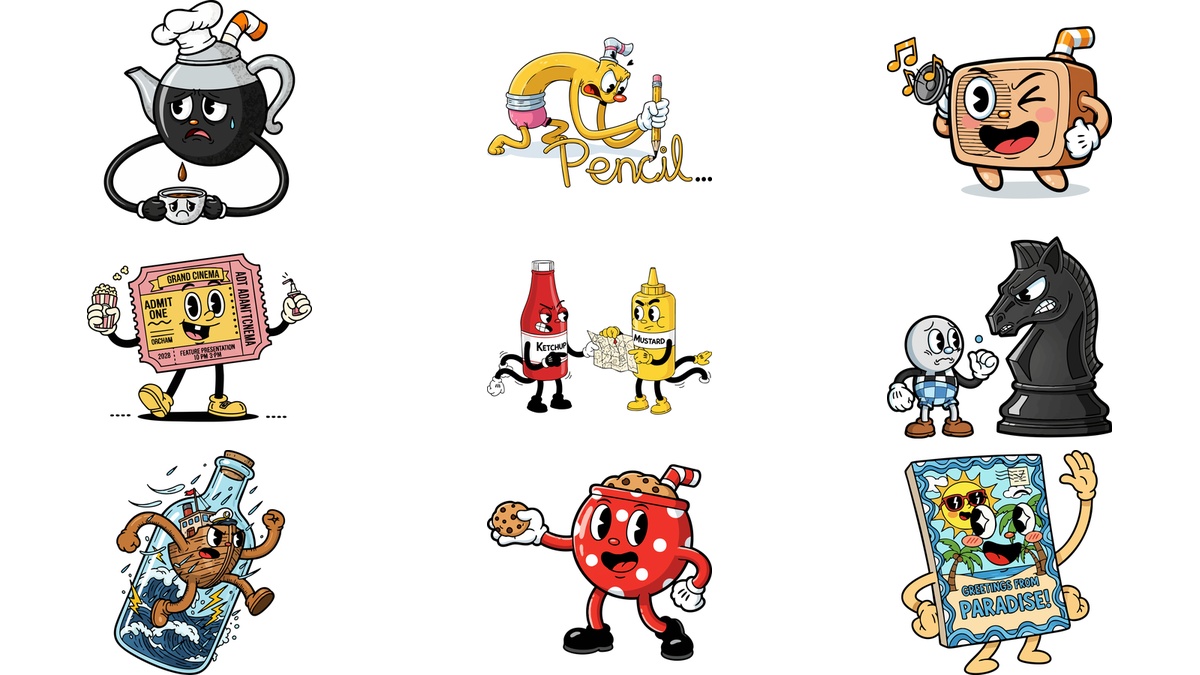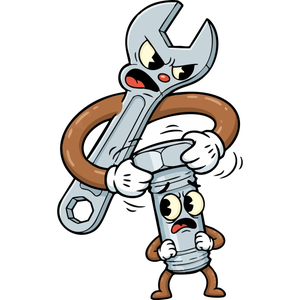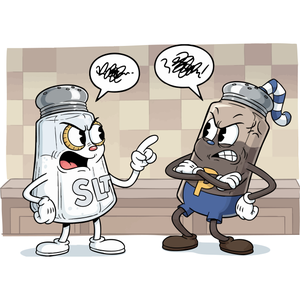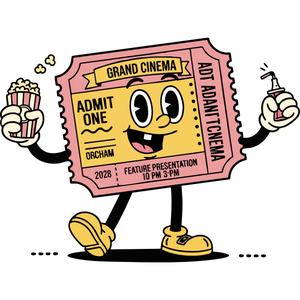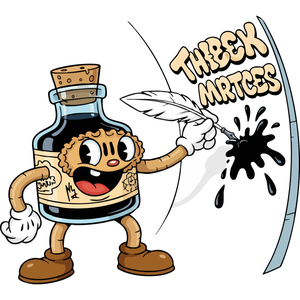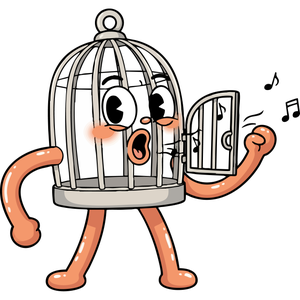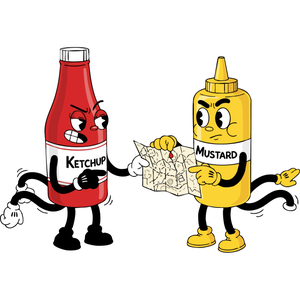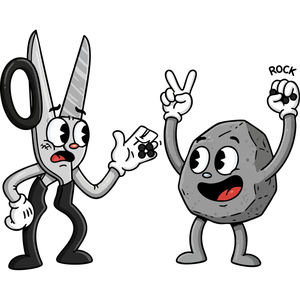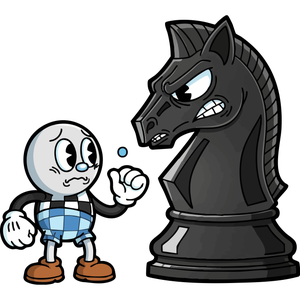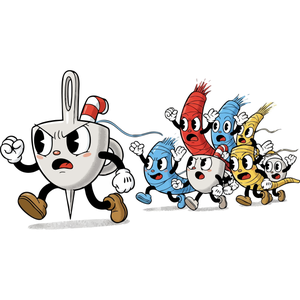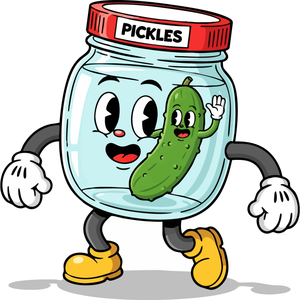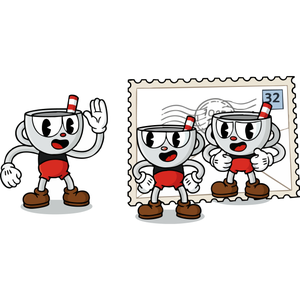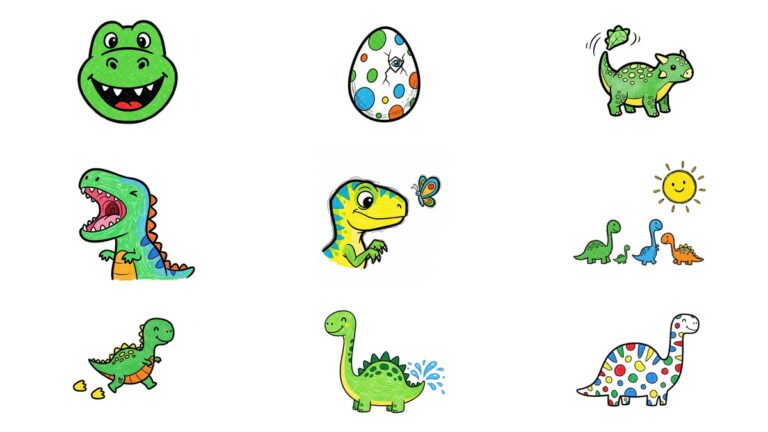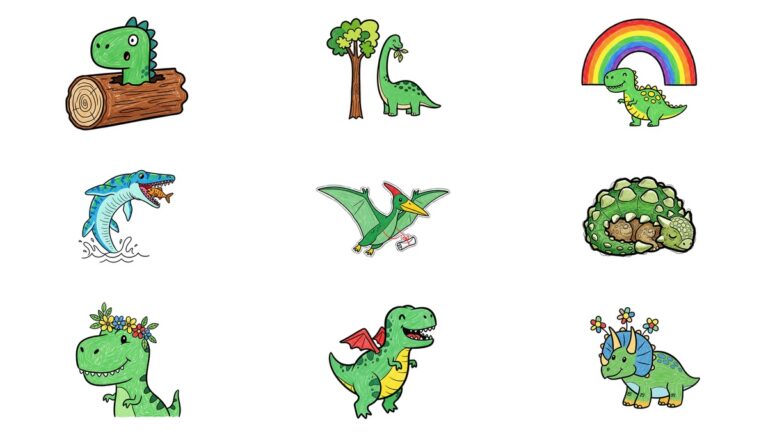An Animated Journey to the 1920s: What Is Rubber Hose Style?
Rubber hose is a charming and iconic style that originated in the golden age of American animation in the 1920s. As the name suggests, its most defining characteristic is that characters’ limbs bend and stretch freely as if they were boneless ‘rubber hoses.’ This style maximized the fun of movement and rhythm over realistic expression, breathing life and joy into early animation.
Part 4: The Sound Revolution – How ‘Talkies’ and Music Changed Everything
In the late 1920s, the advent of ‘talkies,’ or sound films, was an unstoppable wave in the film industry. This technological revolution had a profound impact on animation, sparking a creative competition to make sound not just a background element but an integral part of the animation itself. At the center of this competition were, once again, Walt Disney and Max Fleischer.
The Shot Heard ‘Round the World: Disney’s
Disney’s , released in 1928, is often cited as the first sound-synchronized animation, but this is not entirely accurate. However, the reason this film is recorded as one of the most important milestones in animation history is that it was the first to perfectly integrate sound as a core element of narrative and humor.
In , sound was not just background music or dialogue. As seen in the scene where Mickey Mouse plays an animal’s teeth like a xylophone and uses a cow’s udders as bagpipes, every movement and sound on screen came together to create humor. This technique of precisely synchronizing on-screen action with music and sound effects became known as ‘Mickey Mousing’. This innovative audiovisual combination provided audiences with an unprecedented level of immersion and elevated animation to a more vibrant art form.
The Unsung Pioneer: Fleischer’s ‘Song Car-Tunes’ and the Bouncing Ball
While Disney focused on integrating sound into the narrative, Fleischer Studios was experimenting with using sound as a tool for audience interaction even earlier. From 1924 to 1927, Fleischer produced the series using an early sound film technology called ‘Phonofilm.’ This was an attempt made years before Disney.
The biggest innovation of the series was the ‘Bouncing Ball’ technique, invented by Max Fleischer. This was an idea, the precursor to modern karaoke, that encouraged the audience to sing along by following a bouncing ball over the lyrics displayed on the screen. Fleischer’s approach was not to draw sound into the narrative but to use it as interactive entertainment that induced audience participation in the theater space. The bouncing ball itself became a cultural icon, used for decades, and solidified the reputation of Fleischer Studios, which valued audience-centric, ingenious ideas.
The cases of Disney and Fleischer leave an important lesson in the history of technological development: being the ‘first’ to introduce a technology (innovation) and being the ‘most effective’ at using that technology artistically (integration) are two separate issues. Fleischer was undoubtedly an innovator, but Disney’s integrated approach, which wove sound into the fabric of character emotion and humor, resonated more strongly with audiences and the industry, ultimately setting the standard for sound in animation.

